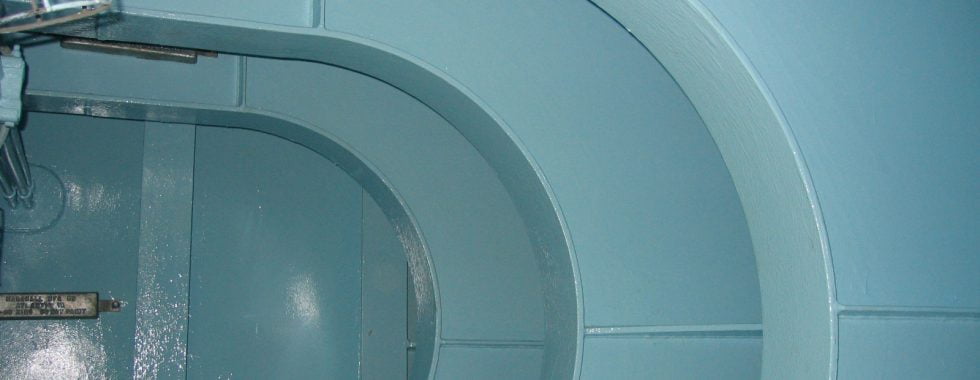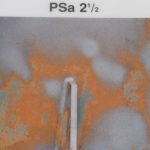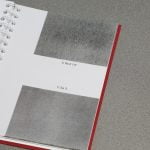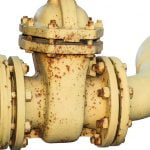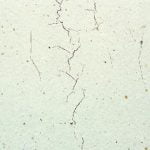Peak performance
When checking the condition of protective coatings in seawater ballast tanks, it is important to comply with the technical requirements of the Performance Standard for Protective Coatings (PSPC).
PSPC covers the technical requirements for coatings used to protect dedicated ballast tanks on all types of ships of not less than 500 gross tonnage and for double-sided skin spaces arranged in bulk carriers of 150 metres in length and upwards for which the building contract is placed, the keels of which are laid, or are delivered on or after the dates referred to in SOLAS regulation II-1/3-2, which came into effect in 2013.
The International Maritime Organisation (IMO) has adopted the standard, which not only contributes towards improving the quality of coatings but also provides an opportunity for better cost control during the construction phase and throughout a vessel’s service life.
Designed specifically for ballast tanks and double-sided skin spaces of bulk carriers, PSPC focuses around the specification, surface preparation and application requirements of protective coating systems. It also prescribes actions around the test procedures and acceptance criteria for coating system qualification as well as a list of useful reference tables with specific requirements covering basic coatings and the critical inspection elements: primary surface preparation, dry film thickness, block assembly and erection.
A comprehensive coatings inspection should be carried out in accordance with the standard’s technical requirements by experienced personnel who have attained suitable qualification and certification. These include NACE (National Association of Corrosion Engineers – NACE International), CIP (Coating Inspector Program) Level 2, and FROSIO (the Norwegian Professional Council for Education and Certification of Inspectors for Surface Treatment) Inspector Level III or equivalent.
The vessel build contractor should also develop and retain if possible, specific technical files, which detail all aspects of the work during the construction phase and could prove a useful reference source for future coating surveys as part of any ongoing service and maintenance programme.
There are also several important reference standards associated with the PSPC, including ISO 8501-1, ISO 8503-1/2, SSPC-PA2 and ISO 8501-3, that coatings surveyors should be familiar with as part of their assessment and analysis work. More about these and other information, at Fitz’s Atlas of Coating Surveys at https://fitzsatlas.com/

